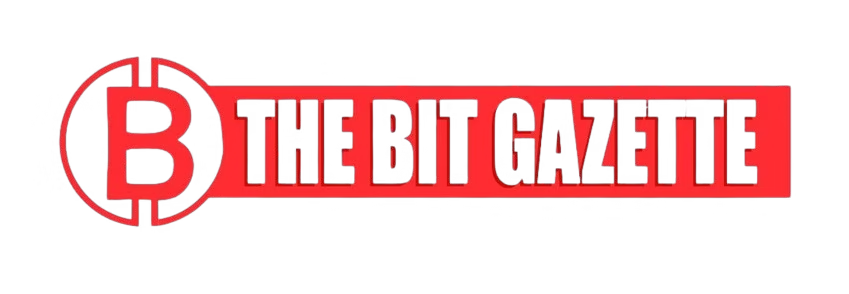A suspected Hypervault rug pull has rocked the decentralized finance (DeFi) sector after roughly $3.6 million in investor funds were drained in suspicious transactions this week. On-chain data shows the assets were bridged from Hyperliquid to Ethereum, converted into ETH, and later funneled into Tornado Cash, a crypto mixing protocol often used to obscure transaction trails.
The sudden movements mirror tactics frequently linked to rug pulls, fueling fears that Hypervault Finance once marketed as a safer way to manage cross-chain liquidity may have executed an exit scam.
How the Hypervault rug pull unfolded
The alleged Hypervault rug pull began with large transfers of liquidity from the project’s ecosystem. Blockchain analytics flagged about 752 ETH being deposited into Tornado Cash, a red flag for fraud investigators and investors alike.
According to Etherscan data, the suspicious activity occurred in a series of rapid steps: bridging funds from Hyperliquid to Ethereum, converting them to ETH, and pushing them through a mixer to hide the trail.
“Depositing project funds into Tornado Cash immediately after withdrawals is a classic hallmark of rug pulls,” — Thomas Harding, Blockchain Analyst at ChainArgus, in an interview with CryptoSlate.
Investors grew more alarmed when Hypervault’s official X account disappeared alongside the funds. As of publication, no statement has been released from the project’s team, deepening suspicions of abandonment.
What was Hypervault Finance?
Before the suspected Hypervault rug pull, the project promoted itself as a decentralized vault protocol offering cross-chain liquidity and flexible yield opportunities. Its pitch targeted investors seeking passive income while emphasizing security.
“Hypervault is the premier hub for yield on HyperEVM,” the project claimed in archived materials. Its ties to Hyperliquid, a fast-growing perpetuals exchange, had lent it visibility in the crowded DeFi market.
However, the abrupt disappearance of both funds and online presence has undermined that credibility. Without a functioning website or communications channel, many now see Hypervault as the latest example of a protocol exploiting hype to attract deposits before vanishing.
A wider trend of DeFi rug pulls
The alleged Hypervault rug pull is far from an isolated case. Rug pulls remain one of the most damaging exploits in decentralized finance, with billions lost over the past few years. These schemes typically involve developers draining liquidity and abandoning the project once deposits peak.
Earlier this year, the collapse of MetaYield Farm in February drained over $290 million, making it one of 2025’s most significant scams. Similarly, Mantra (OM) saw insider wallets move $227 million in tokens, wiping out over 90% of its market value and costing investors an estimated $5.5 billion.
“Until robust safeguards and regulatory oversight emerge, rug pulls will continue to plague retail investors drawn by promises of high returns,” — Elaine Parker, Head of Research, DeFi Watch.
By comparison, the alleged Hypervault rug pull may seem smaller in scale, but its impact is no less damaging. For smaller investors, even modest sums lost represent significant financial hardship and erode confidence in the broader DeFi ecosystem.
What’s next for investors and regulators
For now, investors tied to Hypervault remain in limbo. The use of Tornado Cash, while not definitive proof, suggests the team may be attempting to obscure its trail, adding weight to suspicions of a coordinated rug pull.
Analysts note that recovery prospects are slim unless the funds surface on traceable exchanges. Calls are mounting for decentralized protocols to implement stronger transparency standards, such as real-time audits and multisignature withdrawal protections.
The alleged Hypervault rug pull also underscores regulatory concerns. U.S. and EU authorities have already intensified scrutiny of Tornado Cash and similar tools due to their role in laundering illicit crypto. If proven to be an exit scam, Hypervault could further fuel the argument for tighter DeFi oversight.
For individual investors, experts recommend regularly reviewing project documentation, monitoring developer transparency, and verifying liquidity locks before committing funds.
As Parker of DeFi Watch emphasized: “If a project disappears overnight, it’s often because the safeguards were never there to begin with.”
Conclusion
The alleged Hypervault rug pull highlights once again the precarious balance between innovation and risk in decentralized finance. While DeFi offers powerful tools for financial autonomy, the lack of accountability mechanisms leaves retail investors exposed to opportunistic actors.
Until Hypervault’s team issues a statement or investigators trace the missing funds, the project appears to have joined the growing list of DeFi protocols collapsing under rug pull suspicions. For crypto investors, it serves as yet another cautionary tale: in the hunt for yield, trust must be earned not assumed.











